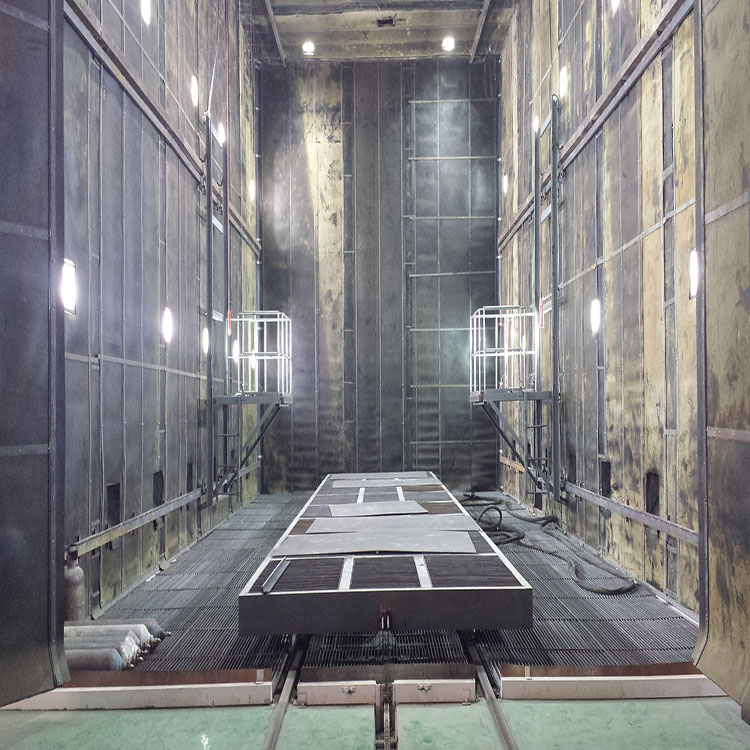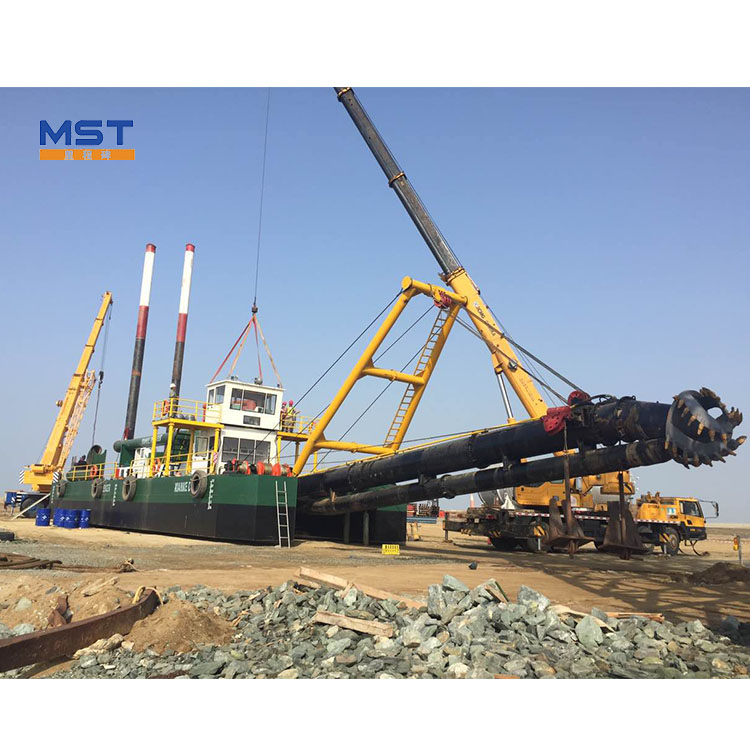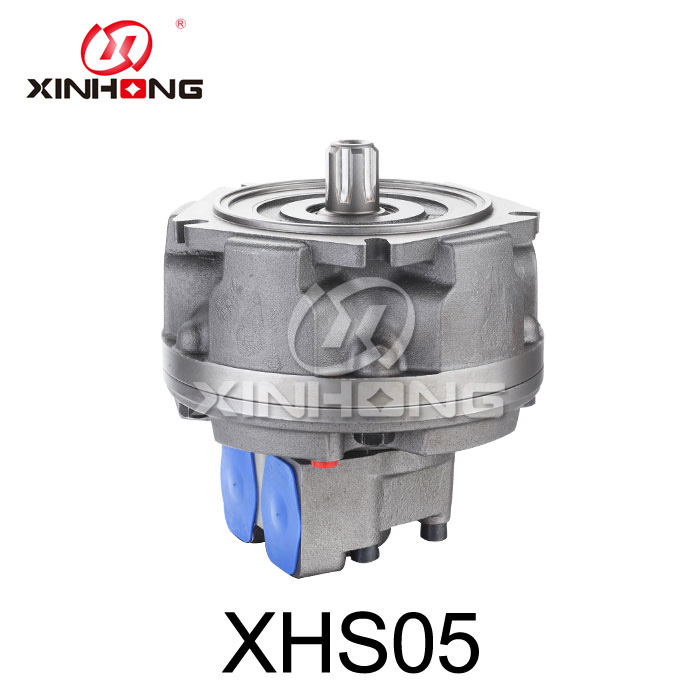Sandblasting Room
A sandblasting room, also known as a sandblasting booth or abrasive blasting room, is a specialized enclosed workspace or structure designed for conducting abrasive blasting processes in a controlled and contained environment. Sandblasting is a surface preparation method that employs abrasive materi......
Send Inquiry
Product Description
A sandblasting room, also known as a sandblasting booth or abrasive blasting room, is a specialized enclosed workspace or structure designed for conducting abrasive blasting processes in a controlled and contained environment. Sandblasting is a surface preparation method that employs abrasive materials, such as sand, steel shot, or grit, propelled at high velocities to clean, remove contaminants, or texture surfaces. Sandblasting rooms are commonly used in various industries for tasks such as cleaning, surface profiling, paint removal, and surface finishing. Here are key features and applications of sandblasting rooms:
Key Features:
1. Enclosed Environment: Sandblasting rooms are fully enclosed to prevent the dispersion of abrasive materials, dust, and contaminants into the surrounding area. This containment ensures a clean and safe workspace.
2. Blast Media Recovery: Most sandblasting rooms are equipped with a blast media recovery system that collects and recycles abrasive materials. This reduces waste and lowers operating costs.
3. Dust Collection: An effective dust collection system is essential in sandblasting rooms. It captures and filters airborne dust and contaminants, maintaining a clean and safe working environment for operators.
4. Lighting and Visibility: Adequate lighting is provided within the room to ensure good visibility during the blasting process. Proper visibility is crucial for accurate and efficient work.
5. Operator Safety: Sandblasting rooms are designed with operator safety in mind. They typically include safety equipment such as gloves, respiratory protection, and protective clothing. Additionally, the controlled environment minimizes operator exposure to dust and abrasive materials.
6. Control Panel: A control panel allows operators to adjust and monitor key parameters, including air pressure, abrasive flow rate, and blasting time, to achieve the desired surface finish.
7. Workspace Accessibility: The room often features entry and exit points for operators to load and unload workpieces easily. It may also have viewing windows for operators to observe the blasting process without direct exposure.
Applications:
1. Surface Preparation: Sandblasting rooms are commonly used for surface preparation before painting, coating, or welding. They remove rust, old paint, scale, and contaminants from various surfaces, including metal, concrete, and wood.
2. Cleaning and Restoration: Sandblasting is used in the cleaning and restoration of a wide range of objects, including automotive parts, industrial equipment, historical monuments, and sculptures.
3. Deburring and Descaling: Sandblasting can effectively remove burrs and sharp edges from metal parts and components, improving their safety and functionality.
4. Texturing and Surface Finishing: Sandblasting rooms are employed to create textured surfaces on materials such as glass, metal, and stone. They can also be used to achieve specific surface finishes, such as matte or satin.
5. Coating Removal: Sandblasting is used to strip coatings, paints, and finishes from surfaces in a variety of applications, including aircraft maintenance and ship hull cleaning.
6. Concrete Surface Preparation: Sandblasting rooms are used to prepare concrete surfaces for resurfacing or the application of coatings, such as epoxy.
7. Aircraft and Aerospace Industry: Sandblasting is used for cleaning and preparing aircraft components and surfaces, including engine parts and landing gear.
8. Marine and Shipbuilding: Sandblasting is employed to clean and prepare ship hulls and marine equipment for painting and maintenance.
In summary, sandblasting rooms provide a controlled and safe environment for abrasive blasting processes, making them essential in industries where surface preparation and finishing are critical. They are versatile tools used to achieve a wide range of surface treatments and applications while ensuring operator safety and environmental control.










